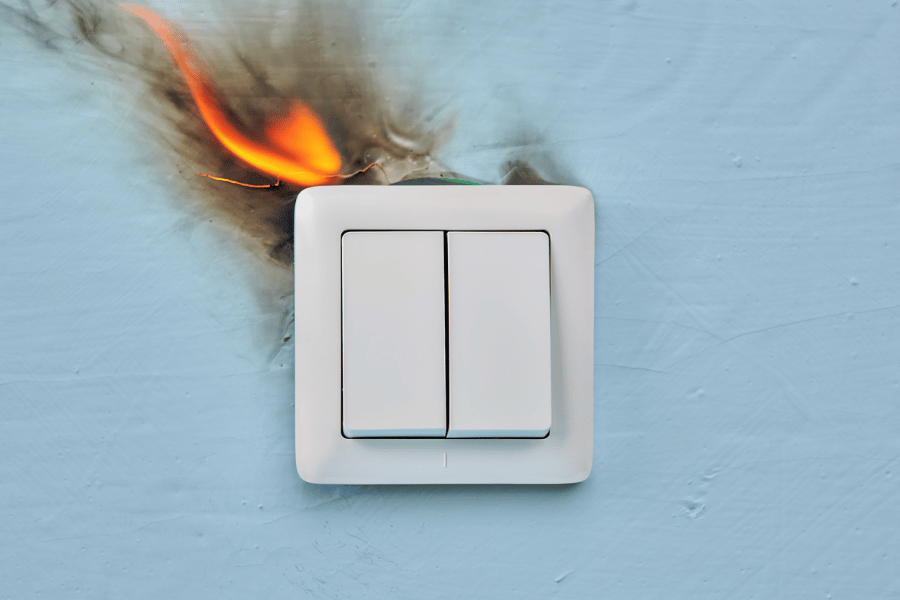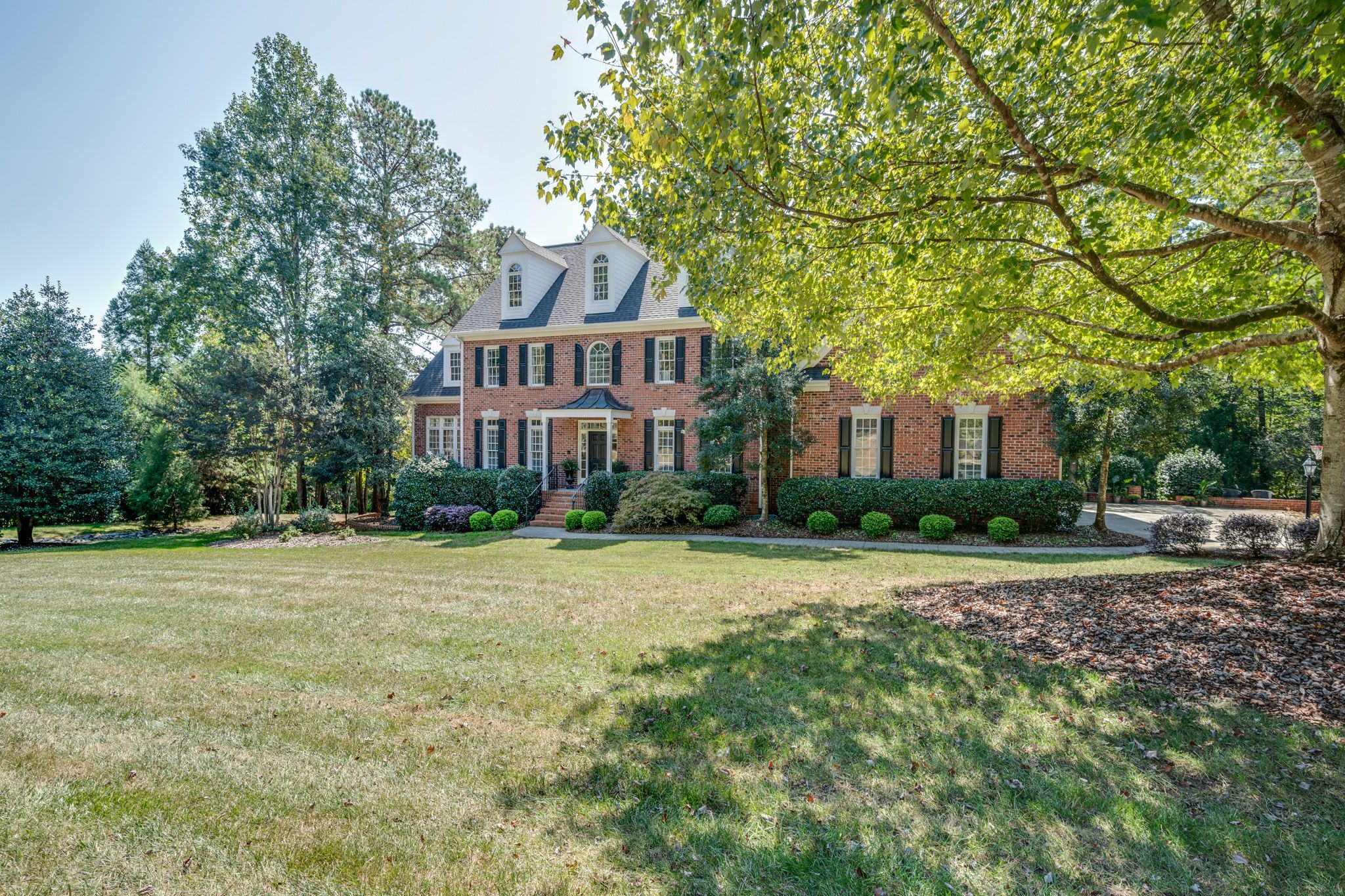What's the Downside of a Tankless Water Heater?
June 19th, 2023
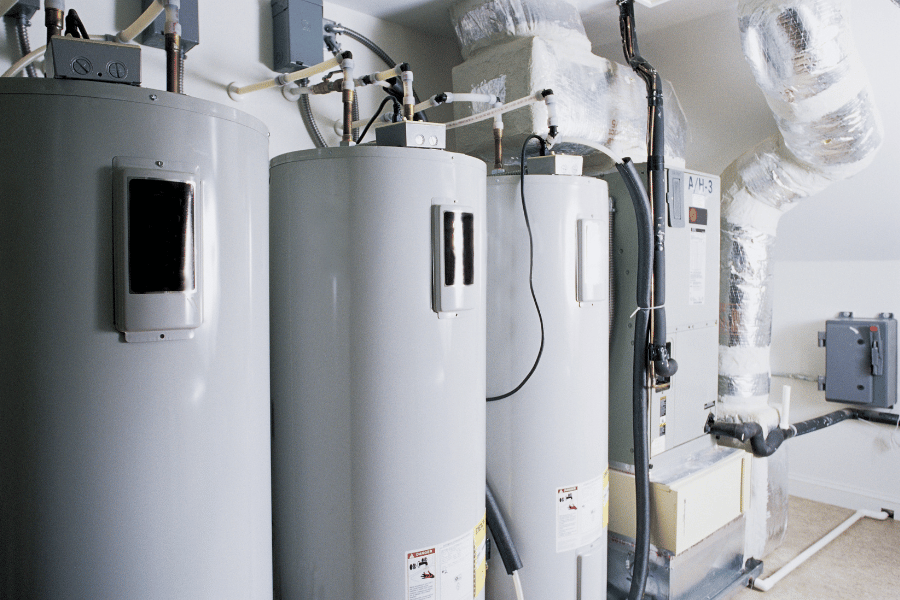
The Downside of a Tankless Water Heater
Are you considering getting a tankless water heater? Here are some of the downsides to owning a tankless water heater in your home.
Whether you are building a newly constructed home or purchasing one that has been built, it is crucial to understand what type of water heater you are going to have. Having a reliable water heater is essential in daily activities that involve hot water, like using a dishwasher, washing machine, shower, etc. There are different types of water heaters out there to decipher from to understand which one works best for you.
There are a variety of water heaters, like, Storage Tank Water Heaters (the most common water heater people have in their homes), Heat Pump Water Heaters, Tankless Water Heaters, Solar Water Heaters, and more. In this guide, we will be discussing a tankless water heater and the downside of having one. It is important as new homebuyers to walk through the home and understand what kind of water heater is located in the home.
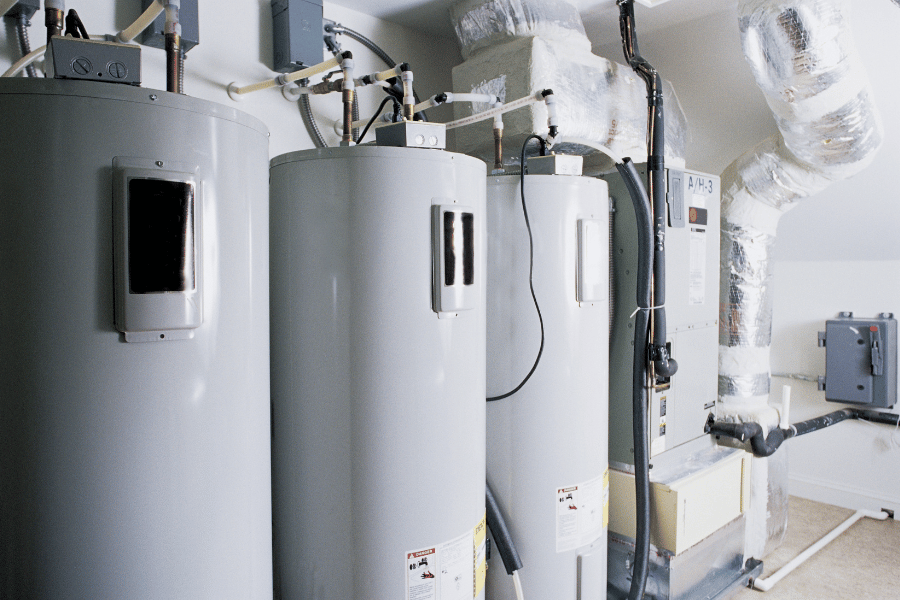
Here are the facts about a tankless water heater.
Chapters
What is a Water Heater?
Water heaters are an important fixture in most homes. Normally, the water that runs through your pipes into your home is usually cool or cold, depending on the temperature outside. If you want hot water to shower and clean your clothes, you will need to have a water heater.
Normally, water heaters look like big metal cylinders, and they're often located in a utility room, basement, or garage. Common water heaters that you will see in homes today resemble the old, reliable water heater design. This design is a drum filled with water and equipped with a heating mechanism on the bottom or inside the heater.
Common energy sources that are used for heating up water heaters are electricity, burner oil, or natural gas. In today's world, you now have the option to use modern sources like solar power and geothermal heat.
The way a water heater controls the temperature inside the tank is by a thermostat. You can set the temperature to anywhere between 120 and 180 degrees Fahrenheit. The temperature setting that is normally recommended by experts is between 120 and 140 degrees Fahrenheit. This temperature range is perfect for household use but not hot enough to cause injuries. However, setting your water heater to a lower temperature will save energy.
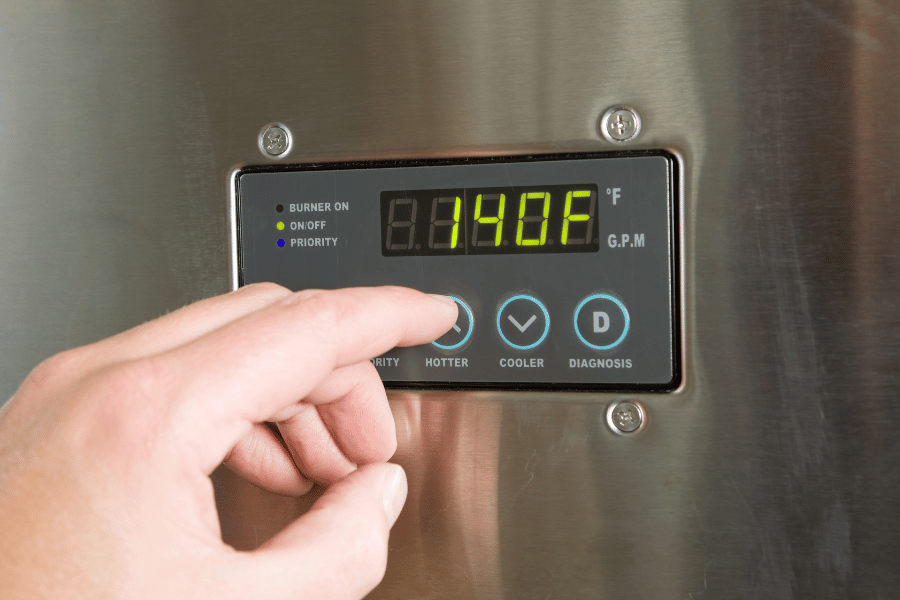
Tank vs. Tankless Water Heater
There are different types of water heaters out there, but Storage Tank Water Heaters and Tankless Water Heaters are some of the most common heaters you will find in homes. Although, Tank Water Heaters are far more common than any other heater. We are going to discuss the difference between having a tank water heater compared to a tankless one.
Storage Tank Water Heater
Storage Tank Water Heaters typically hold anywhere between 30 to 60 gallons of water, but most commonly, they hold 50 gallons. The capacity of the water heater depends on the size of your household and how much hot water you are using. Storage Tank Water Heaters use natural gas, electricity, fuel oil, or propane to heat water continuously.
Because these water heaters store hot water constantly, you technically will be paying for hot water whether you use it or not. But the great thing about this is that you will have hot water available all the time.
These tanks are around five feet or taller and about two feet wide. These tanks are usually placed throughout the house in a basement or a closet because of how large they tend to be. Depending on how big your tank is and the capacity, you can place this storage tank anywhere if it fits.
Tankless Water Heater
These water heaters are not as common in homes, but they are becoming more and more popular. Tankless Water Heaters don't store water in a tank, as per the name. Instead of water sitting in a tank and heating up at all times, this water heater warms up water as it passes through the unit. It does this by using a heat exchanger to bring the water up to the temperature you desire rapidly.
Tankless Water Heaters run on electricity, natural gas, or propane. Heating the water only when you need it saves energy. These units are normally found mounted on a wall and can fit in tiny spaces. They all vary in size, but the common size is around two feet tall and a foot wide.
Types of Tankless Water Heaters
The difference between condensing and non-condensing Tankless Water Heaters.
Condensing
Condensing Tankless Water Heaters use a second heat exchanger to transfer more heat to the water. These units lower the exhaust gas temperature to a point where it condenses, which can help increase the flow rate. Since the exhaust temperature has decreased, it can also mean the ability to use different venting equipment.
Non-Condensing
Condensing units tend to cost more than non-condensing units, but they also run more efficiently than non-condensing units. The additional heat exchanger adds to the cost of a condensing water heater. Non-condensing units need to be properly vented to handle higher temperatures.
Cost of a Tankless Water Heater
One of the biggest drawbacks of owning a Tankless Water Heater is that it costs three times as much to purchase and install as a tank-style water heater. Depending on what source you will be using to power your Tankless Water Heater, the cost will vary drastically.
On average, an electric Tankless Water Heater will cost you anywhere between $170 and $800 for a whole house. This is the cheapest option when it comes to this specific water heater. However, some electric Tankless Water Heaters can be powered by solar, which allows them to stay affordable and energy efficient.
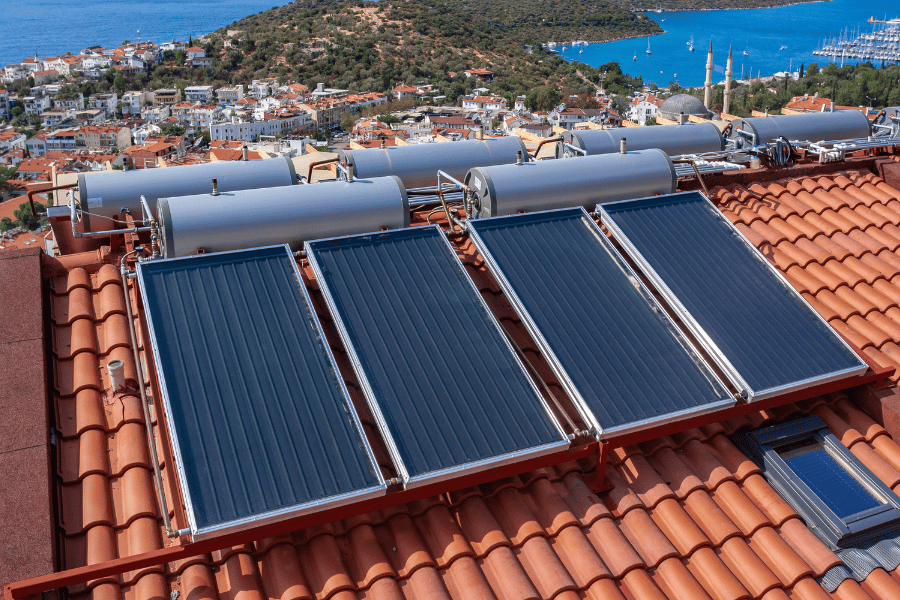
Another option for an entire home is a gas-powered hot water heater. This choice costs anywhere between $230 and $2,300 and is the more expensive option. while propane-powered, Tankless Water Heaters range between $195 to $2,200.
The most expensive option is the oil-fueled Tankless Water Heaters that cost anywhere between $1,000 to $3,000.
On the other hand, if you are looking to purchase a Tankless Water Heater that heats a single point, it will cost you between $145 to $250 for each water heater. You can even purchase a pack of three that cost between $435 and $775.
Basic installation of Tankless Water Heaters will cost you anywhere between $1,000 and $3,500 on average. Most homes install a whole-house water heater system, and the heating source can vary. People tend to continue using the same water heater source that they have already previously been using.
There are also several factors that go into the cost of a Tankless Water Heater. Those factors are:
- What type of system you are using to heat the water heater
- BTUs, which are British Thermal Units for gas-powered heaters
- How many gallons per minute, or flow rate, affects the price of your water heater
- Tax credits
- Installation
- Whether you have condensing or non-condensing Tankless Water Heaters
The Downside of a Tankless Water Heater
As we discussed above, the biggest downside of owning a Tankless Water Heater is its higher cost. The initial installation costs and the price of the unit are more expensive than a traditional Storage Tank Water Heater.
Another downside of a Tankless Water Heater is that it has limited hot water. This type of water heater can only heat so much water at one time. If you are in demand for more hot water than the unit can generate, the temperature of the water will fluctuate. This is why those who have this type of water heater are careful with how many things they run at the same time that use hot water, like a dishwasher and a washing machine. You can fix this issue by installing another water heater, but remember the price tag.
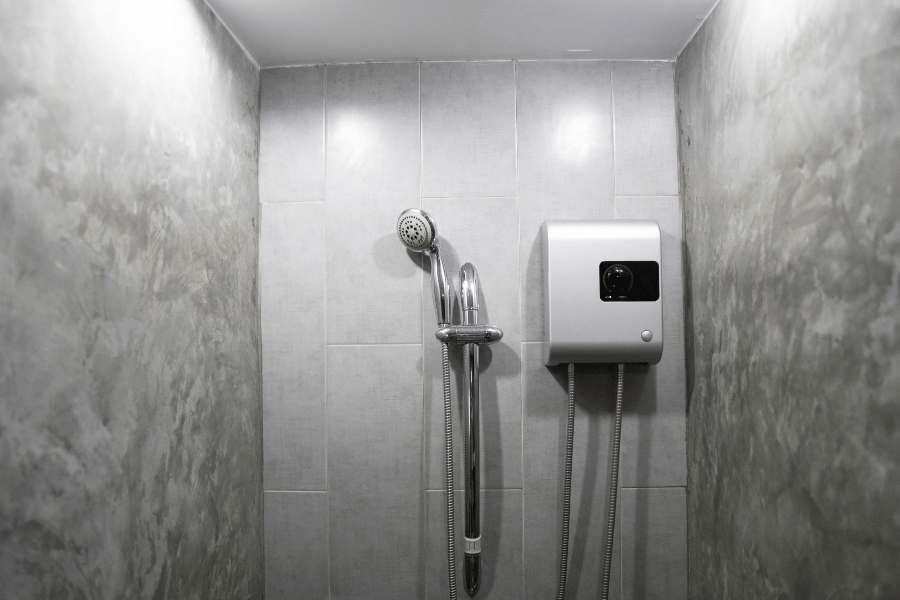
If you live in an area that is prone to power outages, a Tankless Water Heater may not be the best option for your household. This is because these water heaters, even those that run on gas, need electricity in order to run and regulate. If you lose power, you lose hot water.
When purchasing a Tankless Water Heater, it is essential that you understand the maintenance and care of these heaters. At least once a year, your Tankless Water Heater requires maintenance. This is because, over time, minerals will build up inside the water heater. In order to get rid of these minerals, the water heater needs to be flushed in order to prevent damage or a loss of efficiency. If you live in an area with hard water, your water heater will need to be flushed at least twice a year.
Are Tankless Water Heaters Worth it?
Tankless Water Heaters can be worth it, depending on the home and owners. If you are looking for a water heater that is smaller, this type is good for you. But if you live with multiple people and in a large home, this tank would not be the best option. The more you run hot water, the more reliable a water heater you will need to keep up.
A great thing about Tankless Water Heaters is that they have a lifespan of 20 years or longer. This is twice as long as most other water heaters; however, if you have an electric Tankless Water Heater, the lifespan of those last around eight to ten years, which is about the same as the traditional water heaters.
Another good thing about these water heaters is that they are safer, sleeker, and use less energy than any other type of water heater. They do cost more than any other water heater initially, but over time, they end up being affordable because of the energy savings.
Elements of a Tankless Water Heater
The elements that make up a Tankless Water Heater are:
- Control Board
- Heat Exchanger
- Valve
- Burner
- Fan
- Flow Sensor
- Hot Water Out Pipe
- Cold Water In Pipe
- Gas Pipe
Steps of the Water Heating Process
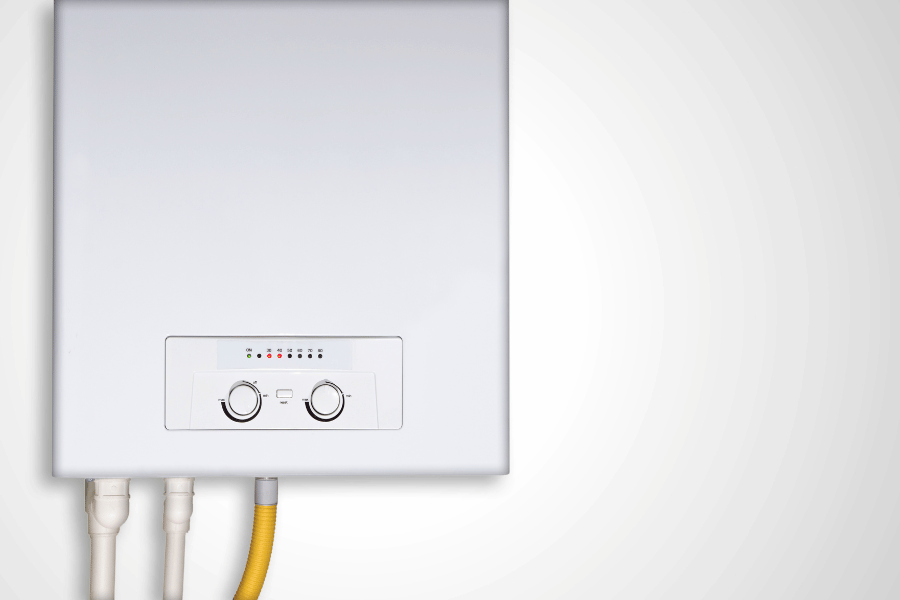
Here are the steps to the Tankless Water Heater process.
First Step
The flow sensor detects that the faucet has been turned on when water starts to flow into the water heater. The flow-regulating valve controls the amount of water that can flow through the heat exchanger.
Second Step
Once the signal is sent from the flow sensor, the control board turns on the heat source. In an electric water heater, the heating elements are turned on. In a gas water heater, the induction fan switches on, pulling in air, and then the gas valve is opened, and the burner is ignited.
Third Step
Water then passes through a mixing valve, where small amounts of cold water can be added if the water is too hot.
Fourth Step
A temperature sensor monitors the water as it exits the heat exchanger and mixing valve. This allows the control bard to adjust the water flow, temperature, and amount of cold water added if needed.
Fifth Step
Once the ideal temperature is reached, the hot water exits the water heater and is sent to the faucets. In the gas water heaters, any gases left from the combustion process are expelled through the exhaust vent.
Sixth Step
When all the hot water faucets have been closed, the control board will shut down the heat source, turn off any fans, and put the water heater in standby mode.
The Downside of a Tankless Water Heater - Our Final Thoughts
After reading through this guide about Tankless Water Heaters, we hope it helps you better understand the difference between these heaters compared to others, the downsides of owning a Tankless Water Heater, the cost, and more.
As Tankless Water Heaters become more common in America, it is essential to know the ins and outs of these heaters and how they work. Owning a Tankless Water Heater is not the best option for everyone, so doing your research before purchasing one is ideal.
If you are considering relocating to Raleigh, contact us today and connect with a local Real Estate specialist.

Ryan Fitzgerald
Hi there! Nice to 'meet' you and thanks for visiting our Raleigh Real Estate Blog! My name is Ryan Fitzgerald, and I'm a REALTOR® in Raleigh-Durham, NC, the owner of Raleigh Realty. I work alongside some of the best Realtors in Raleigh. You can find more of my real estate content on Forbes, Wall Street Journal, U.S. News and more. Realtor Magazine named me a top 30 under 30 Realtor in the country (it was a long time ago haha). Any way, that's enough about me. I'd love to learn more about you if you'd like to connect with me on Facebook and Instagram or connect with our team at Raleigh Realty. Looking forward to connecting!
Related Blogs
